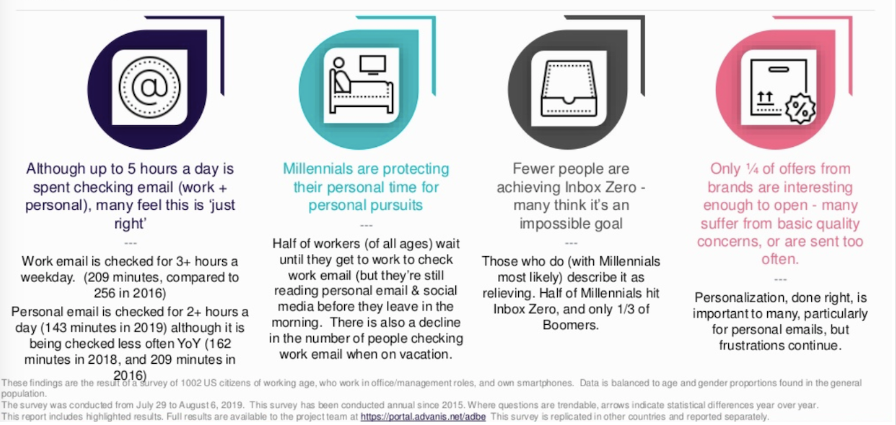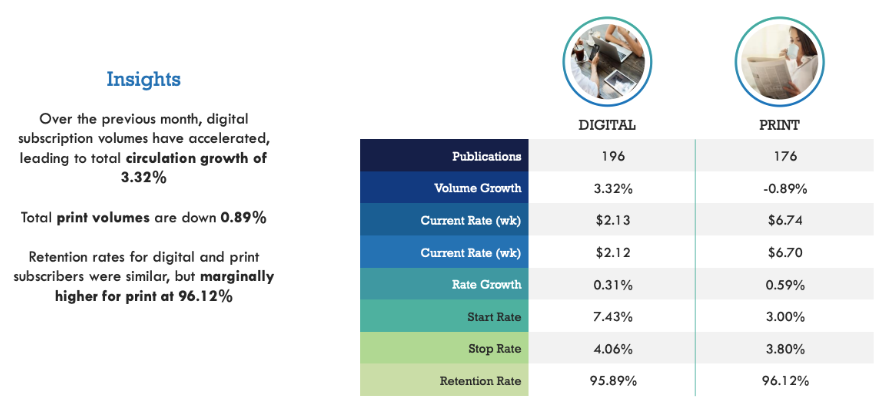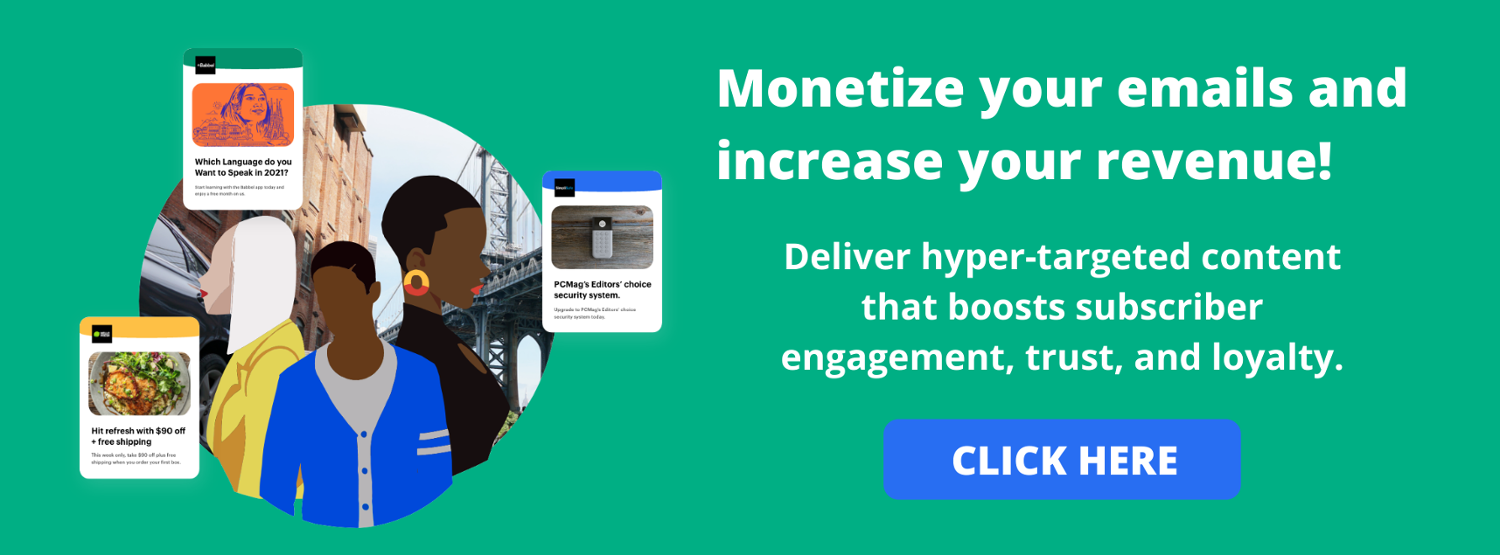A few people have asked us what the benefits are of having an email newsletter strategy and why it is important. So, in this article, this is the question we will answer.
TL;DR check out this video!
Most publishers know they should send out a monthly newsletter, at the very least. But many think that developing a whole email newsletter strategy is an unnecessary drain on resources.
We may be facing times of uncertainty, with the global pandemic continuing to unfold and the upcoming death of the third-party cookie. But amidst this chaos, there stands a safe harbor in the storm for publishers and marketers: email newsletters.
That’s not just because email is a trustworthy, brand-safe channel — though it certainly is. It’s also because the numbers don’t lie. Roughly 3.9 billion people use email, and people spend up to five hours each day checking their work and personal emails.

Still not convinced? Here are three undeniable benefits of email newsletters:
1. You can leverage monetization opportunities
News traffic is surging, but ad revenue is dropping. Since the COVID-19 pandemic broke out earlier this year, traffic to leading news sites spiked by 54% as people craved information about the spreading pandemic. And local news sites saw an 89% jump in visitors. Since many people also began working from home and social distancing, they’ve had more time to consume digital content.
Still, publishers have had a tough time reaping the benefits of this traffic surge because ad revenue has dropped in tandem, with many brands blacklisting COVID-related messaging. As a result, publishers have turned to subscriptions to help make up for lost revenue and forge direct connections with their readers.
Email newsletters not only let publishers reach audiences directly with personalized content. It also provides monetization opportunities. By programmatically placing ads in email, publishers can drive revenue right from people’s inboxes, and then send them back to their websites for further engagement.
2. You can grow your owned audience
Subscriptions are increasing. Along with increased traffic, publishers have seen growth in subscriptions. From February to March, digital subscription circulation grew by 3.3%, according to Mather Economics, with the largest publishers seeing a 5.8% growth in volume.
Retention rates also exceed 96%, meaning people are signing up and staying put so they can keep receiving helpful information from their favorite media outlets.

The New York Times, for example, gained 600,000 digital subscribers in the first few months of 2020, reaching 6 million in total. The Dallas Morning News created a designated COVID-19 newsletter, which quickly generated over 410,000 subscribers, with almost 40% of those resulting from new email registrations.
Once publishers have those subscribers, they can tap into a wealth of first-party data. No more surrendering valuable customer information to the walled gardens of social media platforms. After all, subscribers are owned audience members that you can continue to gather feedback from, deliver personalized content to, and drive back to your website for further engagement.
Check out this video with our CEO, Jeff Kupietzky, on the topic of owning your audience and how email can help!
3. You can diversify revenue streams
“Diversify your revenue streams. Period, full stop.”
Those are the words of Interactive Advertising Bureau CEO Randall Rothenberg from his recent interview with Digiday. As Rothenberg pointed out, publishers can’t rely on advertising revenue anymore. The pandemic has proven that ad markets can change swiftly and unexpectedly, and putting all your eggs in one basket — especially this one — can be a recipe for disaster.
The good news is that publishers have their pick of engaging revenue streams to choose from, and email newsletters should be at the top of their list. Consumers trust email because they have to sign up for it — it’s not forced on them — and it can be personalized to their specific content interests. Meanwhile publishers can monetize emails by selling ad space, offering exclusive content, incorporating affiliate links, etc.
That’s multiple revenue streams within one tried-and-true channel, proving that email can be a core solution to publishers’ diversification woes.
Start experiencing the benefits of email newsletters
Email was already a valuable news and marketing resource before 2020. But this year kicked the channel into overdrive and proved how much consumers rely on email subscriptions and newsletters to access important information.
With subscriptions increasing and ad revenue taking a dive, it only makes sense for publishers to invest in their email monetization strategies and start generating revenues from their audiences’ inboxes.
Ready to get started? Reach out today to increase engagement and revenue via email.




